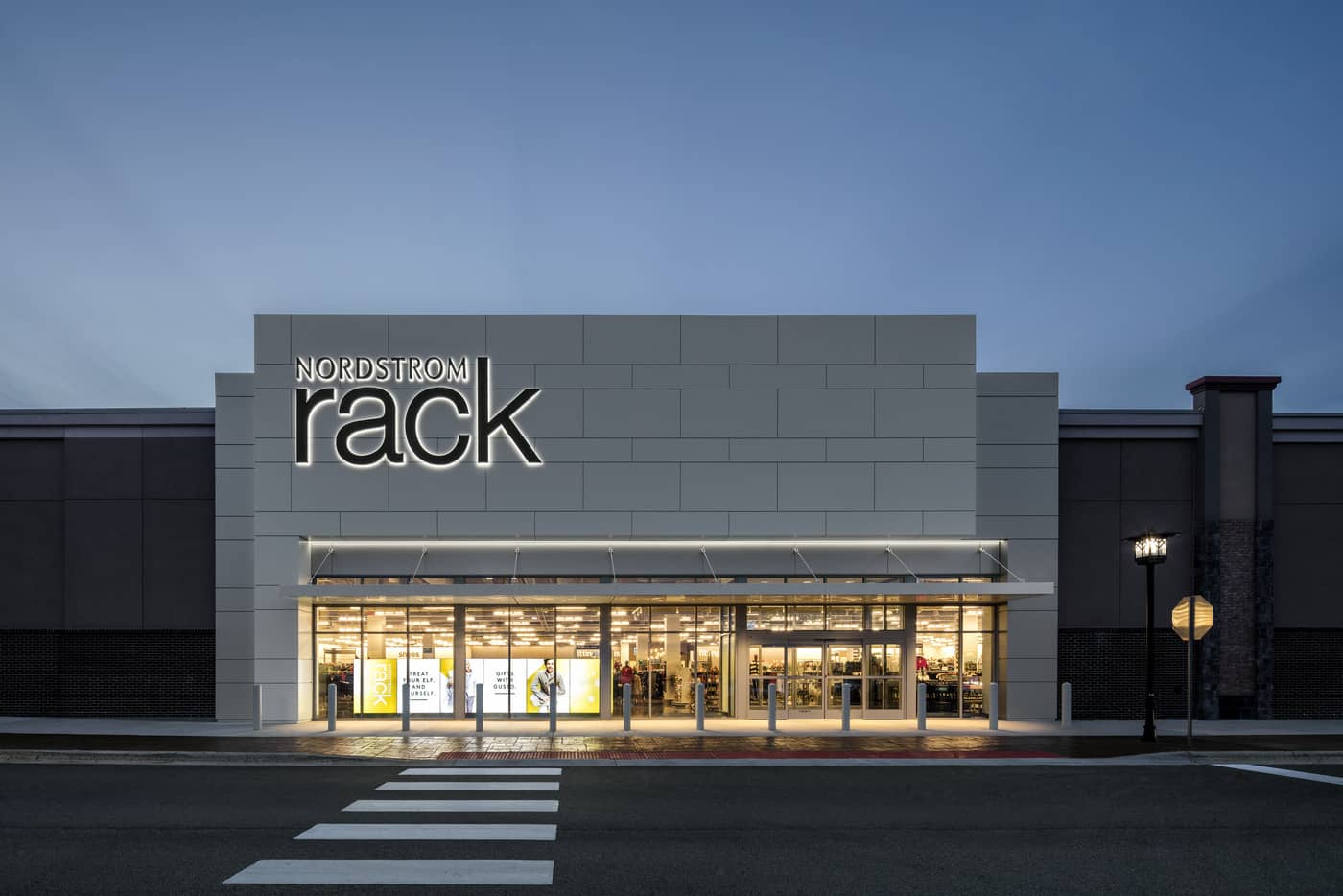1. Buy-in from every stakeholder is paramount.
As with all good projects, acceptance and approval from all concerned parties are critical to the success of any real estate venture. For a mixed-use urban building that houses both multifamily residences and a last mile distribution center or warehouse space, stakeholders can include city governments, jurisdictions, developers, commercial tenants, and representatives of the local community.
Pushback from neighborhood residents and city entities over concerns of traffic, noise, and potentially a loss of tax dollars are becoming more prevalent, while simultaneously viewing the potential plus of an “increase in jobs” as perhaps not the “right kind” of local jobs for their district.
Developers or commercial tenants who don’t want to have to worry about the complexities that arise from sensitivities, restrictions, or even potential violations that might occur from being in such close proximity to residential inhabitants may see these cons outweighing the pros, and want to avoid the venture altogether.
It sounds like an uphill battle to be sure, but the secret to success with this concern is a multifaceted understanding of each stakeholder’s individual concerns, objectives, goals, and desires, as well as the design and logistics intricacies of each market. With this expertise leading the way, each piece of the puzzle is heard, understood, addressed, and solved for in the final product.
While human-centered conversations with those involved in and affected by this unique type of development are a necessary first step, investments in sustainability can also play a role in helping sway the tides of stakeholder buy-in. With many developers today pursuing LEED certification for all of their projects, the additional integration of EV capabilities into commercial facilities, as well as other sustainable initiatives that benefit cities, companies, and communities alike, can play a huge role in shifting the viewpoints of those involved.



































